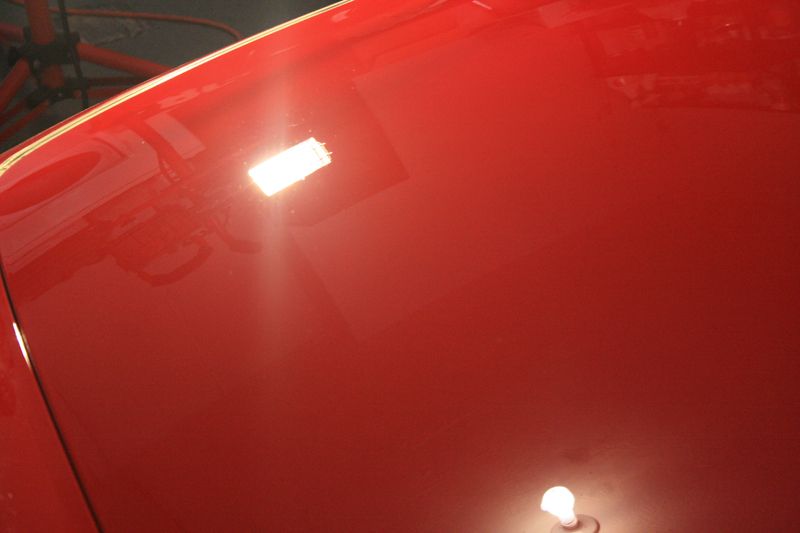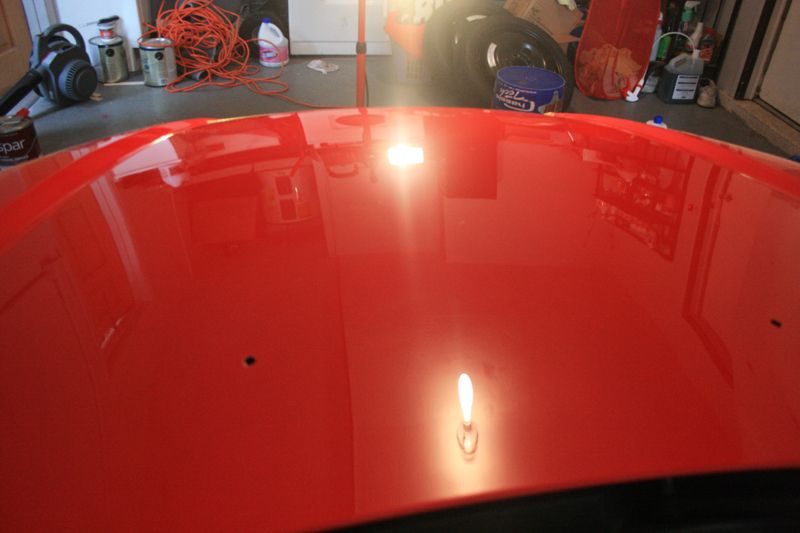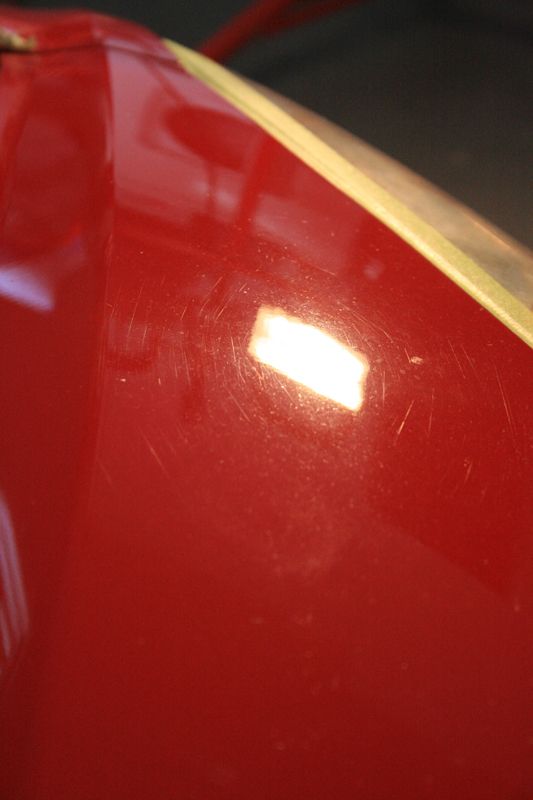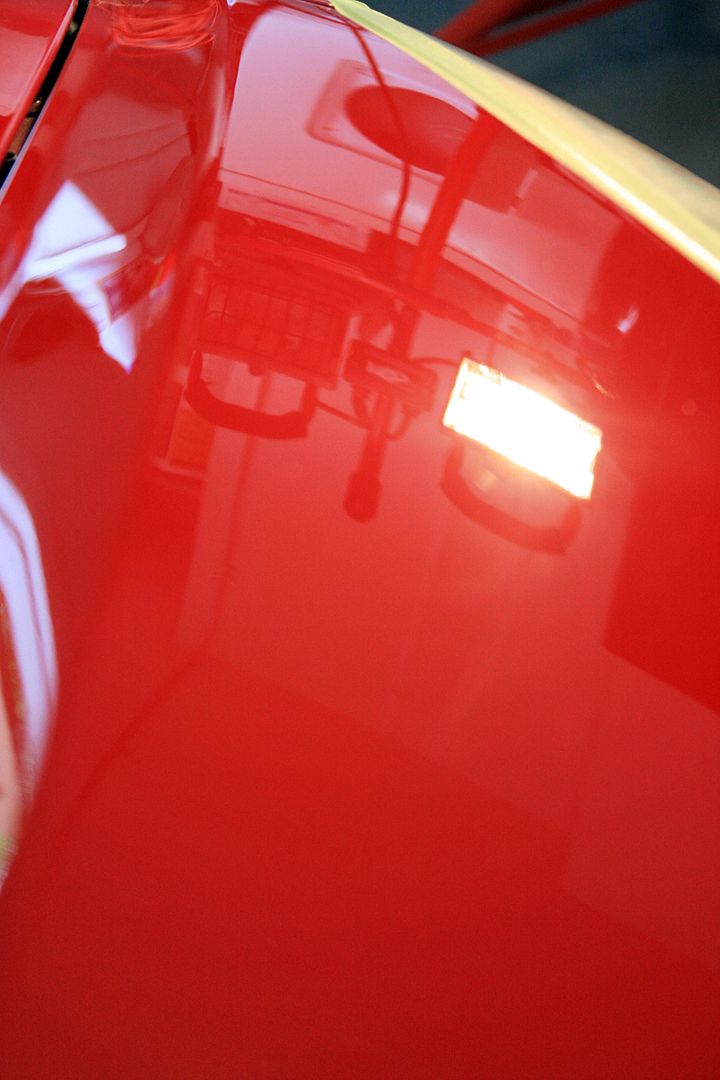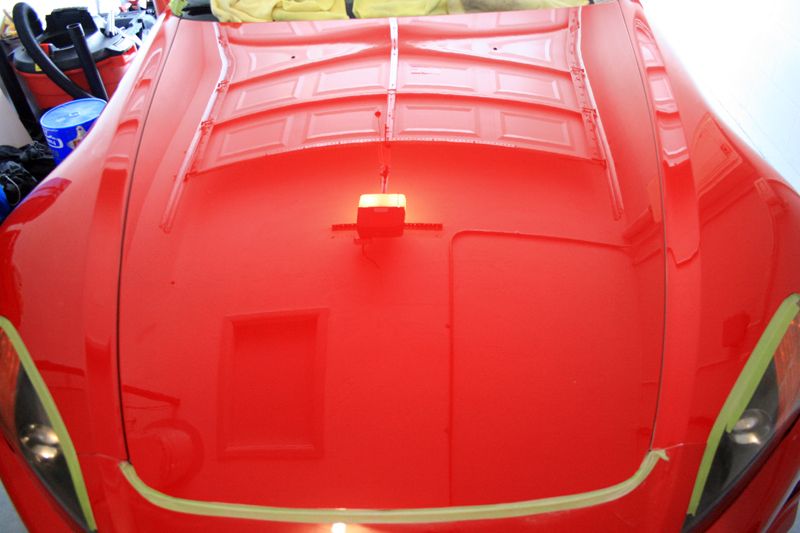Bigpoppa3346 said:
Interesting. Does this work for foam pads too (or maybe you were inferring it did, but this thread is about 105/wool, so I'm assuming that is what you were talking about)?
While the misting of water will help the foam more rapidly remove defects, you're likely going to see a
decrease in cycle-length (as compared to a no water), and an
increase of stuck-on abrasive (to the pad itself).
With a wool pad, the application of water is not so much needed as lubrication, but it helps to loosen the abrasive from the wool fibers (allowing the abrasives to roll about freely between the pad and paint surface) It also helps the pad more easily contour to the paint surface (effectively increasing the surface-area of the pad per revolution).
With a foam pad, there are no fibers to twist, bend, and reshape (helping to loosen the abrasive). Further, the foam has lots of tiny pockets that the abrasive can enter and then attach to. Water seems to speed the onset of abrasive-clumping (not a good thing when final-polishing). The particles gather and fill the pad pores. A layer of flash-dried abrasive rapidly covers the pad, and will require major cleaning (water & soap, or a pad-cleaning machine).
I'm liking M105 with a polishing pad, but when it drys up I start getting really bad buffer hop (combined with my lack of experience with the rotary). I've also found that you have to have a CLEAN pad (ie. change every 2 panels), or else I get bad hop plus plenty of holograms.
To avoid buffer hop and swirling, do exactly what you're doing- CLEAN the pad often.
Otherwise, the residue build-up on the pad's face can cause swirls- and pad hop! Once there's a micro layer of abrasive attached to the pad, (and devoid of lubrication), it's literally STUCK to the pad... It cannot swirl and roll about freely. So it drags across the paint, may grab & attach momentarily, then release (and on and on and on).
In a nutshell, a good procedure when using M105 with a foam pad for mild or final-polishing (rotary applied):
1. Prime the pad THOROUGHLY.
Rub it in with your hand. It'll take a bit more than you're used to applying. It takes quite a bit to load (more than a typical polish, as there's no petro-based oils or solvents to aid in spreading).
Take the extra time to completely cover the face and outer curved-edge of the pad. .
2. Apply a bead of M105 to the surface, pull it in, and polish at low speed (1000 rpm).
USING CONSISTENT MODERATE DOWNWARD PRESSURE, apply for 1-3 passes, or until the M105 is just starting to dry. Remove all residue. CHECK FOR HEATING OF THE PAINT. Most guys that polish with a rotary know how HOT the surface can get when using a finishing pad.
3. Turn the machine off. Nylon-brush the outer edge of the pad to remove the stuck-on abrasive. Reapply as needed to complete polishing. If you've got compressed air, blow the pad clean.
Occasionally, remove the pad, install it onto your orbital (if you have one). Press the pad into a microfiber towel, turn the machine on, and work the pad into that towel for approximately 10 seconds- It'll remove most of the moisture and abrasive from the pad, keeping it fresh, and free of contamination and saturation.
In my experience, M105 works best with a foam pad on when it's used on smooth paint (or paint that has been pre-polished with wool). A quick pre-wipe of the panel with M105 and a microfiber towel can really help out, too.
In only takes 10-20 seconds to do, so why not?
These cleaning procedure works for any liquid, really- It's so important to remove residue from the pad as you polish.
Abraded paint and spent particulate can really mess up an otherwise perfect polish job.

